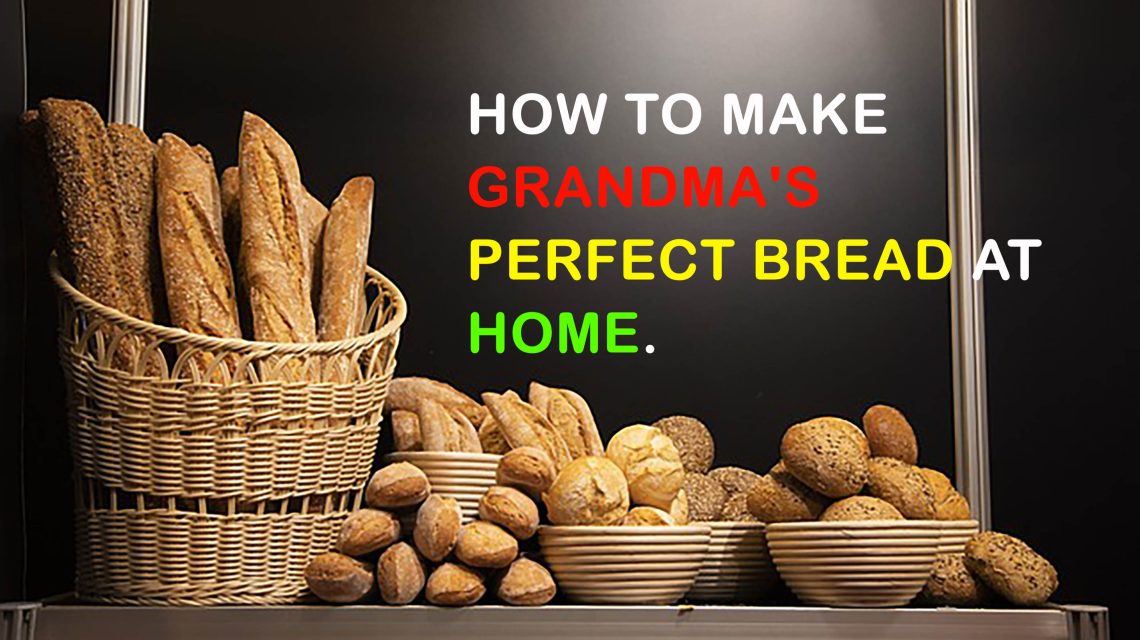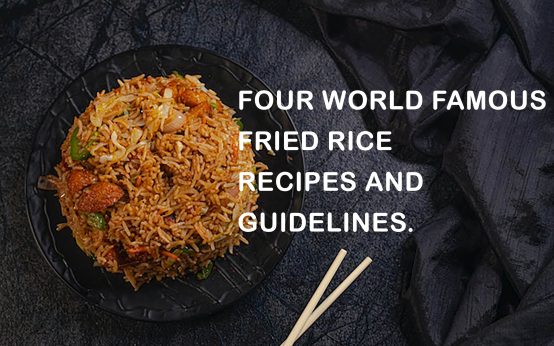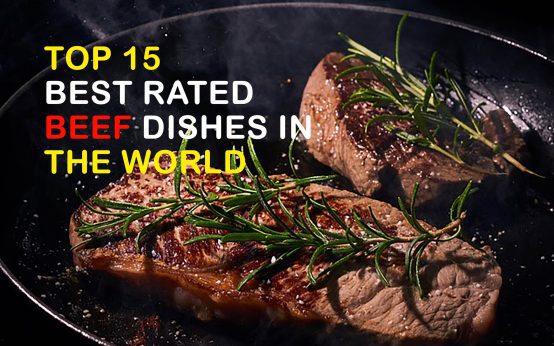Overview.
Bread is one of the staple foods in the world. Bread is a baked product of flour and water, and few substances are added to make bread. There are counties where bread takes a significant role in the food plates.
History of Bread.
Humans have consumed bread for 30,000 years as a staple food. From ancient civilizations, people have been eating loaves of bread as staples. In Mesopotamia, the loaves of bread were called “Fertile Crescent”. At present, bread appears in almost every corner of the world. There is no exact name of the person who invented bread, as bread has a long history in the human diet. The first evidence of the invention of bread was found in Israel, where an excavation team found a grinding stone with old grain. This has taken history to 22,000 years back. The grains needed to make loaves of bread were first found in the wild, and later the grains were planted in domestics. The wild grains for bread were first discovered by Natufians 12,500 years ago. The modern version of bread, the first slice of loaf bread, was invented by Wonder Bread in 1930.

Process of Bread Making.
There are several steps to be followed to make bread. The example of those steps is as follows.
Ingredients.
The ingredients are the focus of preparing any food. To make bread, you need flour, water, and yeast. The basic structure of bread is made of flour. Most commonly, wheat flour is used in Bread-making. Also, other types of flour are used to make different types of bread. The bread dough gets nice and airy with the flour’s combination of yeast and gluten. The water is used to give more softness to the dough. Through Fermentation, the yeast will add flavour to the bread, and the gas it forms creates air bubbles.

Mixing of Ingredients.
To make the bread, the ingredients should be mixed well, and the amounts should be used carefully. First, the dry ingredients should be combined, and then the wet ingredients should be incorporated into the mixture; it only takes a little energy to integrate unless you add wet ingredients. In combination, the yeast should be spread every place as it helps to make the dough fluffy. Hot water should be used to mix the dough, don’t use hot water more than a temperature of 40 Celsius.

Resting and hydrating.
This is the immediate step after mixing the bread dough. In this step, the dough is kept for 30 minutes for resting. During this resting period, the flour, starch and gluten get hydrated by water. The resting time lets the dough get softer and more flexible for hydration.
Kneading.
In some bread-making processes, kneading is optional. However, the kneading helps the dread to get airier and lighter. A gluten network is made by kneading, which allows the flour’s gluten development. The air bubbles needed to make bread delicate. The yeast makes the process of producing air bubbles by producing gas. Kneading can be done either using a mixer or hand. When you are kneading the bread dough using your hand, there are several techniques to be followed. The dough needed to be repeatedly smashed and pulled apart many times. Hand kneading takes a lot of time, and it needs more practice because of these things. The Electric mixer is used for kneading at present. The amount of bread you want to make decides the type of electric mixer. You can use a regular mixture in bakeries to make one or two pieces of bread. There needs to be more than a standard mix. For that, you should use a professional mixer.

Bulk fermentation.
The first rise of the dough is called Bulk Fermentation, and it is also called first proofing. In the fermentation process, the yeast consumes sugar to produce energy. The carbon dioxide gas is formed, and it will expand the dough. In the process of Bulk Fermentation, the temperature should be kept under control without destroying yeast gas. Also, maintain the humidity and do not let the cover touch the dough. Please use a shower cap to cover the bowl with your bread dough.
Shaping the Dough.
The dough should be taken out from the bowl to do the shaping. The dough should be split into the required dough sizes. Better to use a dough scraper. This process directly affects the final look of the bread. Her shaping should be done after eradicating the air bubbles. To remove the air bubbles from the dough should be pressed down. This gives another rise to the dough. The type of bread you make in the final stage decides the shape you do with the dough. There are techniques to be used when shaping the bread, and good practice is needed. In larger-scale bakeries, the doughs are shaped using folders, moulds and rollers.

Second fermentation.
In this step, the shaped bread should leave for rising. The shape should not be ruined or do not put any pressure on the bread to disturb the rising. Use a baking tray or baking pan to raise the bread.
Scoring.
Scoring gives beauty to the final look of the bread. The scoring should be done before baking the bread. You can draw lovely patterns on the bread. The purpose of scoring is to give a differentiate difference to the bread and to make the bread more strong. The scoring opens up the bread to expand more.

Baking.
Baking is the final step of bread making process. In this process, many changes happen and make the Bread eatable. When baking the bread, the yeast will die due to the high temperature, but before the yeast makes the last growth spike and expand the loaf. The bread is prepared by making gluten networks, moisture evaporation and gelatinising, and finally, the bread will come out golden brown. The temperature of the oven decides the amount of burning, and the heat should be balanced well with the time, else you will need help with over-burning or half-cooked.
Cooling and eating.
this is the most exciting step. After taking the baked bread out of the Owen, it should be left to cool, do not slice hot bread to cool it quickly. And after cooling, you can enjoy the taste.
These Followings types of bread that popular in the world.
- Arepa
- Injera
- Knackered
- Bagel
- Lavash
- Matzo
- Chapati
- Naan
- Obi non
- Paratha
- Damper
- English Muffin
- Qistibi
- Focaccia
- Roti
- Soda Bread
- Unleavened Bread
- Tortilla
- Vodka
- Grissini
- Wholemeal pitta
- Yufka
- Zopf




 Four World Famous Fried Rice Recipes and Guidelines.
Four World Famous Fried Rice Recipes and Guidelines.  Top 15 Best Rated Beef Dishes in the World.
Top 15 Best Rated Beef Dishes in the World.  The Best Varieties, Tips and Story of Biryani.
The Best Varieties, Tips and Story of Biryani.  Which Burgers are the Best in the World?
Which Burgers are the Best in the World?  Did You Want to Know Top 10 Chocolate Varieties in the World.
Did You Want to Know Top 10 Chocolate Varieties in the World.